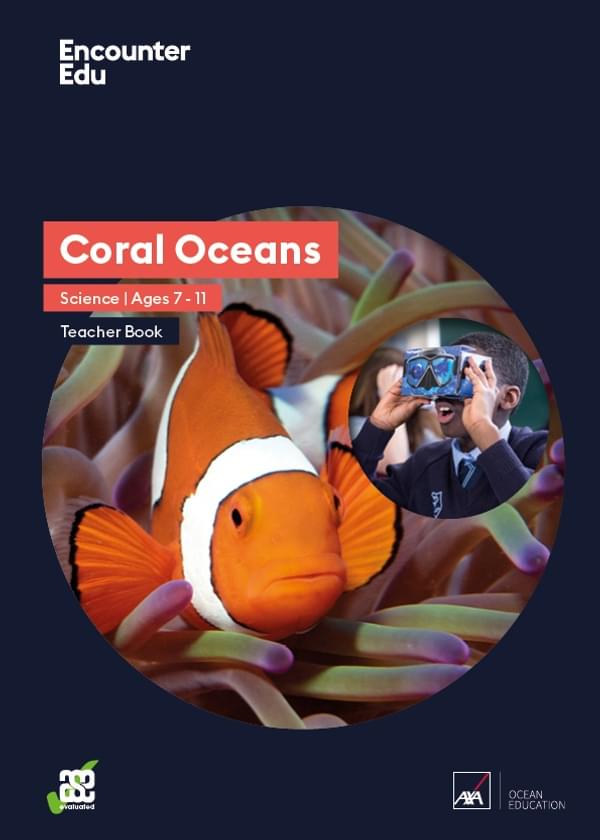Animal dive signs game

Divers use animal dive signs to point out different species underwater. This activity will help you to learn some signals for common animals around coral reefs and will challenge you to create new ones for other marine life.
Ages 5+
20 minutes
Part of:
AXA Ocean EducationIf this is your first time using dive signs, you may want to learn common signals for underwater communications with the Dive signs game. You will need to do this activity in pairs, so find a dive buddy.

Activity steps
- Unlike dive signs used for communicating safety and navigation information, there are no set rules for how to identify different animals on the reef using signs. Divers have developed some common signs, such as the ones above for a turtle and lionfish.
- Try practising these signs. How do you think these signs represent the turtle and lionfish?
- Now, have a look at more animals that live on the coral reef in the Coral life gallery.
- Choose one of the animals in the gallery, but don't let your buddy know what it is. Then come up with a dive sign that represents it. Good animal dive signs show some of the defining features of the animal. For a lionfish, this is the spines along its back and for the turtle the shape of the shell and its fins.
- Get your buddy to guess what animal you are trying to show. If they can't get it immediately, give them a clue.
- Then it's your buddy's turn to make up a sign and for you to guess.
- Keep on going until you have shared dive sign language for all the animals in the gallery.
Safety guidance
- There are no specific safety notes related to this activity. Note that children should not be encouraged to hold their breath during a pretend dive.
Brought to you by

Celebrating


Science | Ages 7-11
Coral Oceans
These resources for ages 7-11 are based on the journeys undertaken by science teams taking part in the XL Catlin Seaview Survey expeditions. These resources present a complete scheme of work for the science classroom, covering core science and sustainability curriculum areas as well as enhancing students' creative and communications skills.